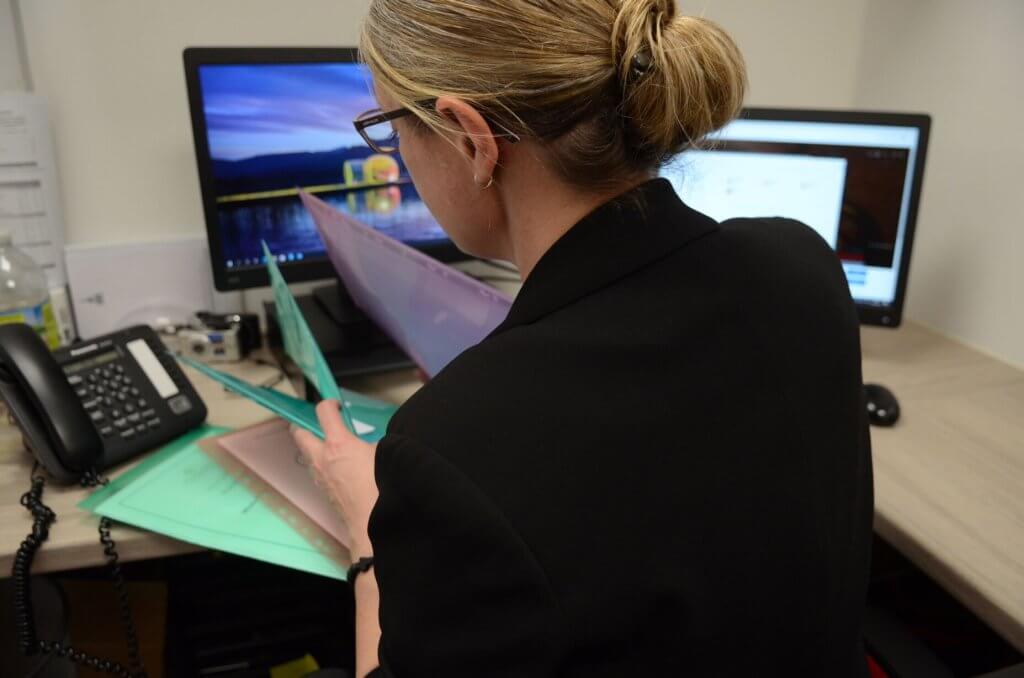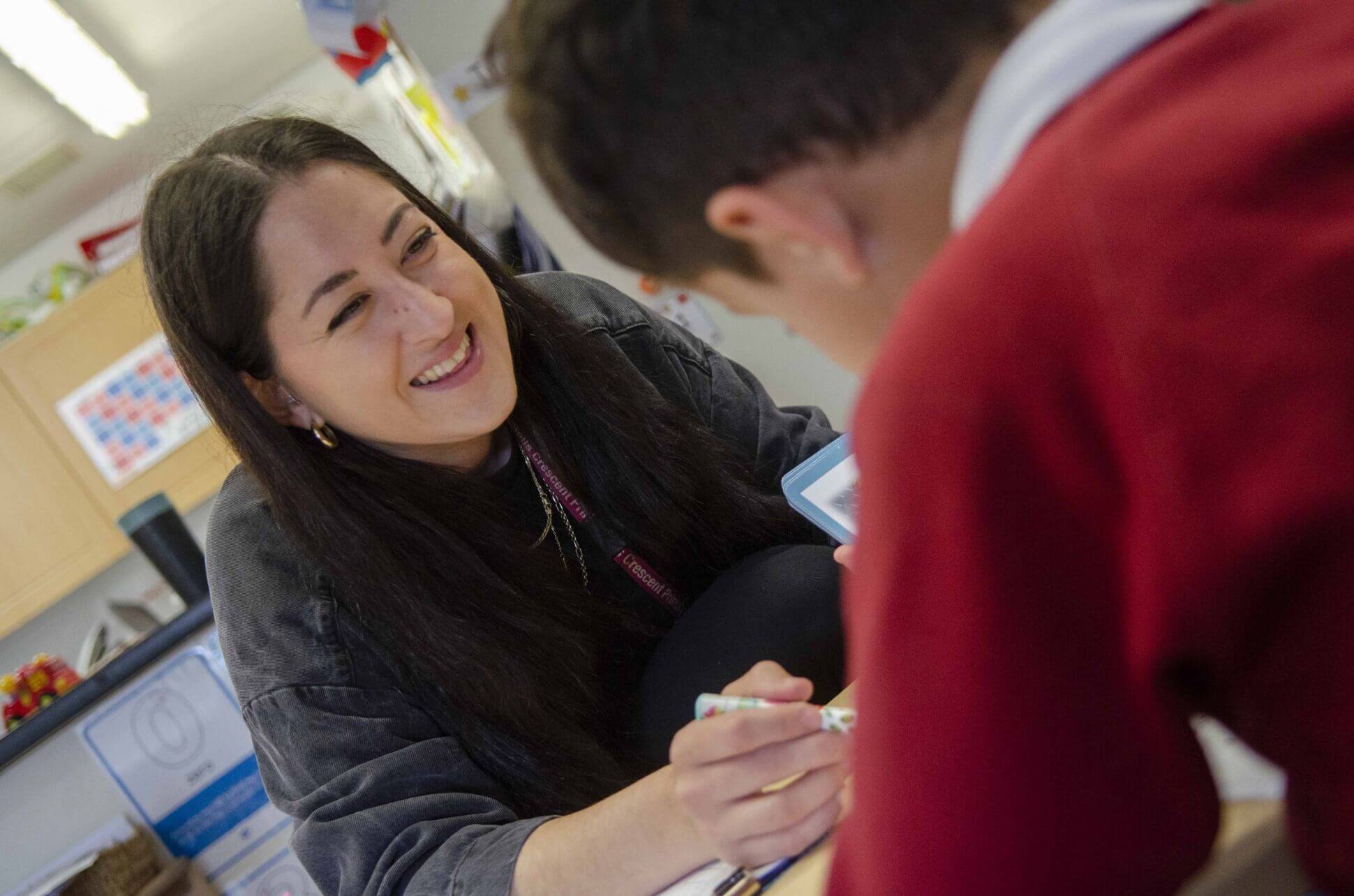Home visits are the one thing that I have found to really divide opinions when working in attendance. Some people are proactive and policy driven; others have been doing this for years and don’t think twice about going to a home of a student as it’s what they’ve always done, and some people act as if they were being made to walk the plank into a pool of lava! Now it is understandable why professionals may be apprehensive about home visits and jokes aside, there are some real risks to consider. However, the upshot is home visits are an integral part of attendance work and we are visiting the house to check on the welfare of that child. The child’s safety is always paramount.
The importance of home visits
Home visits play a vital part in improving attendance and potentially uncovering a serious safeguarding concern. Home visits policy and procedure in school is centred around minimum trigger points for when home visits will be required. Most policies I have come across state that after 3 days with no contact and unexplained absence, a home visit will be needed. A home visit will also be needed weekly for any students who are absent for an extended period such as long-term sickness, or they are not attending due to issues within school. Historically there was support from the police in completing safe and well checks for children who were absent with no contact. With the introduction of the Right Person Right Care guidance from the police, this is now no longer for schools in most cases. Police will still visit if there are genuine concerns for safety however, the majority visits will fall to school to complete.
Often as people we are urged to think on the positive side and not to think worst case scenario. However, as professionals working in attendance and safeguarding, we must always consider the worst-case scenario and make steps to rule these out. You could pick up any serious case review where a child has been serious injured or has lost their life and one of the key themes that will always be talked about is when did professionals see this child? Could there have been a chance to save this child? Whether it be health, school, or social care – there is always that question asked, and practice reflected on.
Opportunities for action
Home visits are an amazing opportunity to connect with families in a place where they feel comfortable. They can create an opportunity for both child and family to talk freely regarding what is happening for them and allows professionals to unpick and create meaningful plans to improve attendance.
Home visits can often provide a valuable insight into the lived experience of the children we care for. Whether this is observing a loving home where a child feels safe and is staying there to avoid fears in school or in the community; or at the other end of the spectrum, they can reveal a home where the child is being neglected and/or abused and is at serious risk of harm. Home visits can also be used as evidence as part of a chronologies for both requests for statutory action from the local authority or for a referral into social care for educational neglect.
Remember, it is okay to be honest about not enjoying entering a home where there is dirt, unhygienic living conditions, and unpleasant smells – but this is our opportunity to act in forms of referrals to appropriate agencies to work with families in addressing concerns. If a professional does not feel comfortable and safe in the home, how is it is okay for a child to be left in these circumstances? Most of the time concerns will go into social care, however there may be a time where conditions are so extremely concerning that the police need to be contacted in an emergency to remove the children to a place of safety. Thankfully, the latter are few and far between, but this does happen, and we need to be mindful of this.
Risk assessment and keeping yourself safe
All schools should have a home visit policy that is regularly reviewed, with input given from those completing the home visits. This policy will link in closely with both attendance and safeguarding policies and all should be used together.
The following must be considered to ensure your safety:
- Check internal records for known risks e.g. on SIMS/CPOMS.
- Contact agencies involved to discuss absence and the need for a home visit.
- Is this suitable for a lone visit or does there need to be additional staff attending with you?
- Is there a recording system in place for what visits are being undertaken – how will school locate you in an emergency?
- Tell someone in school your return time and how to contact you if needed.
- Ensure you have some knowledge of the child/family to aide conversations and to avoid unnecessarily antagonising families.
- When arriving at the property ensure that you have parked in such a way that if a quick exit is needed you would be able to do so.
- When entering the property be aware of any dogs at the property that may be in the garden and be alert to your surroundings.
- Identify yourself clearly showing your school ID if/when the door is answered.
- If no answer – ensure that you leave a school calling card with details on how you can be contacted.
- If you do enter the family home be sure to be making a note on how you can exit quickly if needed. A great piece of advice I was always given is to allow the family to walk ahead to show the way into the living room/kitchen and stand/sit closest to the door.
- Ask to see the child – parents will often say they are in bed. Explain the reason for the visit is to see the child and you won’t keep them long but that you just want to say hello and check in on them. If you are completing a doorstep visit, ask for the child to come into view of the door.
- Remember you are in their home – if the conversation is not going in a positive direction, suggest you leave and then return another day with another member of staff to support.
- Trust your instincts – if you feel unsafe, leave the property and contact the most appropriate agency when you are able i.e. police/school safeguarding team.
- On your return to school, ensure that the visit is logged on your systems and you have notified safeguarding of any concerns.
The children and families I have had the most success with share a common theme: meaningful use of home visits. Now, no one is immune to being asked to leave or being chased by the odd dog here and there (I’ll save my XL bully story for another time), but it is critical that home visits are a well-used tool. Families need to be seen and heard, and real change can only be enacted through breaking down some of the barriers between school and home.
So, check your home visit policies, be brave, be safe and go and see some children!
Please complete the form below and we will get in contact as soon as we can to help you with your query.
















